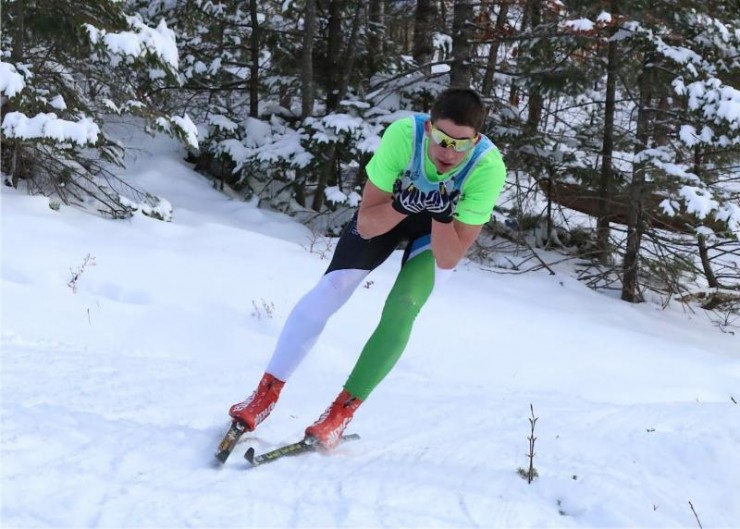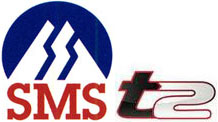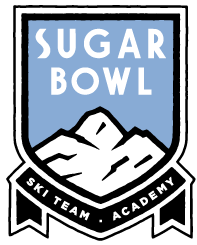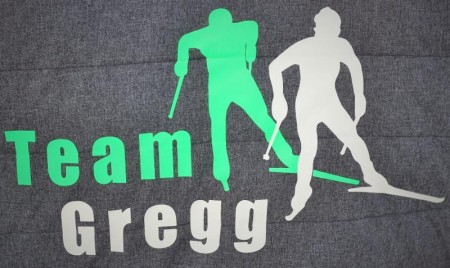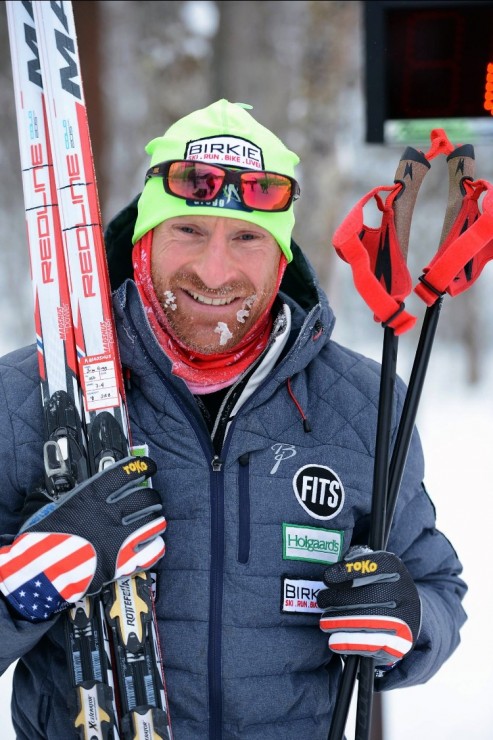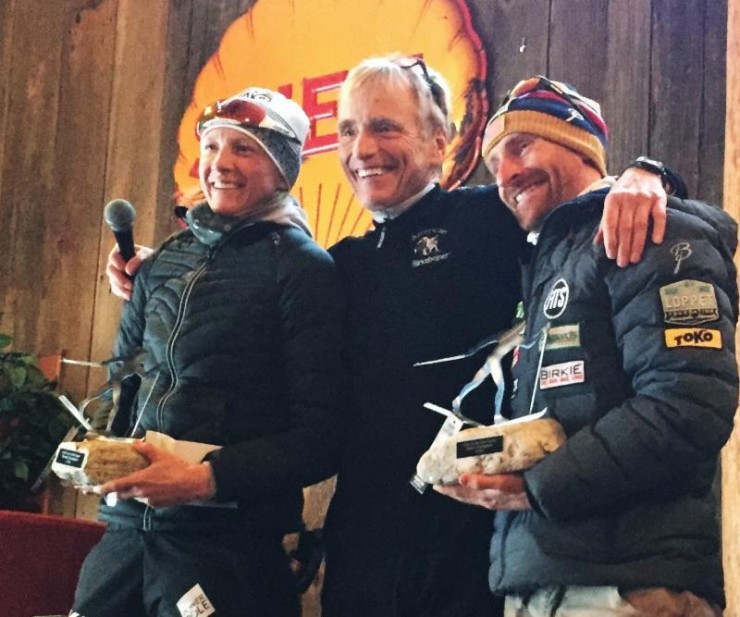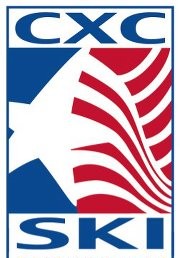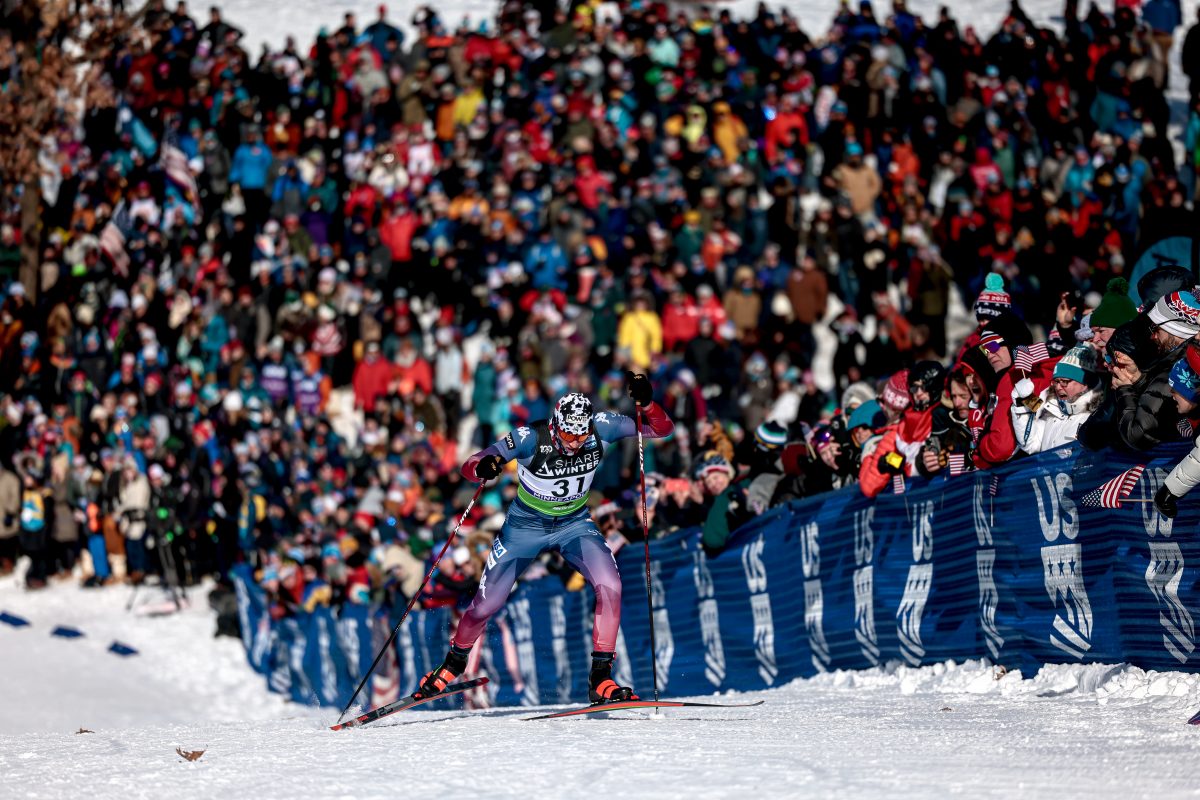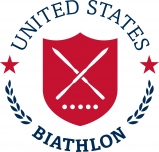Applying Toko Tribloc HF Blue and XCold Powder Mix
This mix is recommended quite regularly this time of year and it is important that it is applied correctly. If you apply the HF Blue, flatten it out with the iron, and then shake the XCold Powder on top and heat it in, the XCold will stay on top and the end effect will be basically an application of HF Blue. Watch this video for a refresher on how to apply the HF Blue/XCold Powder
mix!
Field Report from Eastern Cup #2 from Mansfield Nordic Club
The second NENSA Eastern Cup of the season was held at Quarry Road in Waterville, ME. The first day featured 5/10km interval start freestyle races, while the second featured 5/10km classic mass starts.
The freestyle races took place on a 1.5km loop of manmade snow that had received a nice coating of natural snow a few days prior to the event. Temps were in the mid-20s but humidity was very high and you could feel the moisture in the cloudy air. All skate skis were prepped with LF Blue followed by HF Red.
Precipitation began early in the day: snow/hail that was somewhat icy and still kept the track fast. Despite the colder air temperatures I went warmer with the topcoats and found Jetstream Red and Yellow blocks running very fast. A quick test of the Helx liquids showed the blocks were the better option (quite clearly, in my opinion). The U16 racers had Jetstream Yellow block rotocorked in, with a light half-screw structure added. Our team results were strong and the feedback on skis was positive.
As the day progressed, the snow really started to pile up. What had been an icy hail turned into dry fluffy snow with much less moisture. On a hunch I waxed up a test ski with straight Jetstream Red Powder and found it to be phenomenal, beating the Yellow block from earlier in the day hands down. The conditions were definitely changing! For our open racers, both men and women, Jetstream Red powder burned in via iron and was the only topcoat. The reports were very good! I’m not sure how many others went this route but I was glad I did…it was certainly helpful to have parents volunteering to huddle around the wax bench to keep the wind and snow at bay while I applied and ironed in the powder!
All in all, the snowstorm that took place during the races on Saturday dropped about 6 inches of snow, allowing the organizers to set three tracks on a 3.5k loop for Sunday’s classic races. The temps dropped lower than forecast (low teens) overnight, while the air dried up further, setting up some amazing conditions!
All classic skis were glide waxed with HF Blue and received a binder of Toko Base Green ironed in Saturday night. In the morning another brand’s kick wax was used for the U16 racers, while Jetstream Blue block was rotocorked in for glide, along with a pass of the Blue Structurite tool on the tails of each ski.
As the temps warmed and the sun rose higher, we moved into warmer kick. The older racers were on various combinations of Toko Yellow and Red hardwax: Yellow covered with Red for some, and straight Yellow for others. With that simple but effective combination it was easy to tailor the kick to each racer’s needs without things getting hectic or unorganized. This allowed everyone to be really happy with their skis, a big relief on a mass start classic day! Jetstream Red was used as a topcoat for the later racers, while I kept the Blue Structurite tool for the tails.
Attached is a photo of MNC athlete Will Solow (taken by his father Gary) racing the mass start classic and rocking some Toko Profi gloves. Looking forward to the next races!
-Adam Terko, head coach MNC
SMS T2 US Nationals Wax Report
Classic Individual
Warming temps, glazing tracks, new snow.
I went pretty simple on glide for the classic race, waxing with HF Blue cut with AX134 for the guys in the AM, and a mix of HF Blue, AX134 and HF yellow for the ladies who were racing second. The traffic from all of the competitors was releasing a pretty decent amount of moisture and I wanted to soften the relatively colder HF blue paraffin for the later races. I found that I was not liking the way straight HF red was running early that week in testing so ended up on a mixed paraffin. AX134 tends to run really well at high speed or any place there is some free moisture or the track is glazed. I ended up using a different powder that I preferred in the higher moisture snow over either Jetstream red or yellow powder. Topcoat was Jetstream Red block. Safe and effective, tested well in the AM. Helix sprays felt good feel testing but weren’t drastically improving runout. I ran a pretty simple hand structure on the tails of the skis to deal with moisture in the track.
For kick, I did not go ahead and race wax with Toko kick waxes. Their red and yellow hard waxes can run really well in the warmer range, the yellow being a great last wax to try before switching away from dry wax. Although I have had a lot of success with them, I stuck to a different brand that gave m e a few different options for both speed and kick. I ran a warmer wax over a light tacky binder to form my kicking layer and ran a colder wax over top for a shell.
Skate Sprint:
I ran a pretty similar glide combo to the classic distance day for the skate sprint. The only difference was the temperature was a bit colder so I pulled the warmer paraffin out of the mix. I found that both floro blocks and certain liquids were improving the top end speed on top of powders so I burnt powder early in the day for durability. I intended to have the floro powder down as an insurance policy for the rounds and didn’t want to rework the skis too much. In testing the day before I felt that Helix 2.0 spray was once again improving the slippery feel of the ski climbing but some other liquids had higher top end speed which I really wanted to get athletes to the front of the race for the rounds. Again, I went with a pretty moderate hand structure to keep the skate skis from being too aggressive and bitey on the climb back into the stadium. Skis seemed very competitive on the day with Anne Hart finishing a career best 2nd place in the skate sprint.
Skate Mass Start:
Warmer temps greeted us for the skate mass start race. I pushed people out on warmer softer skate skis, especially for the women’s race at 1:30 PM. I figured that given the humidity in the snow and the amount of traffic, we would see a pretty hard glaze develop. Athletes wanted enough structure (especially hand structure) to deal with this moisture while still having a stiff enough ski to deal with variable track conditions. I ran a pretty warm buildup for both the guys and girls skis with HF Red, warm powder, block and liquid. I found again that certain liquids delivered better characteristics than just blocks. I buried Helix 2.0 spray under the block on a few skis and corked together for climbing freeness and topped with another brands liquid that was gliding out really well and is always a very safe bet for warmer temperatures. I ran a full length light crossing structure on the skate skis with a heavier linear structure on the tail to help with the glaze but still climb well. It seemed that this pretty straightforward approach to prioritizing hand structure and topcoat testing the morning of worked well with 3 athletes in the top 5 for the women’s 20k race.
Classic Sprint:
Warm temperatures in the 30s cooling off to low 20s by the end of the round.
I threw on paraffin without too much testing. I figured that I can always change the topcoats and dealing with kick would be more the priority. HF Red was a safe bet because it runs pretty well in a wide range of temperatures and conditions. I did burn a powder (the same powder from a different brand) that I had been running all week. It was very safe and seemed to improve speed with topcoats over it. For whatever the reason (pretty moist snow would be my guess) the Jetsteam powders were not clear test winners. I kept putting them on snow and could not get them to beat some other product out there. I find they usually prefer some more transformed snow, or much drier snow than the new moist lake effect snow we had. I ran the same topcoat build from the skate sprint.
Again for kick wax I started with a pretty warm dry wax and shell and cleaned it off after the qualifier and the semi and kept stepping down to a colder option from the same hard waxes I used on the classic day. Structure was a light crossing structure on the tails only.
Overall I felt we had decent skis on the week. I used Toko products where I knew they were safe and effective. When I could find something running better, I used it, but my familiarity with the waxing line and knowing that they wouldn’t be a liability allowed me to get skis waxed and focus my energy on testing and chasing more unknown variables.
Pat O’Brien, Head Coach SMS T2
U.S.S.A. Nationals Wax Report
We were fortunate to have had Sugar Bowl assistant coach Christina Mishica, who grew up in Hancock and raced for Michigan Tech. Her hometown knowledge was especially valuable when picking skis and waxing. The early part of the week was characterized by conditions that favored colder grinds and underlayers. Despite the cold air temps, the snow was relatively fast, especially with glazing classic tracks and during the skate heats. Throughout the week, we liked the new Toko 2.0 Jetstream Red powder.
Classic Individual: For base layer, we liked an under layer of Toko X-Cold powder, with our race paraffin a mix of HF Blue and HF AX134. The Blue provided good durability for the 10/15 km distances, while the AX134 helped the high end speed. That was key in a course where maintaining speed is crucial. For powder, the 2.0 Red Powder was consistently at the top of our test. The final layer was 2.0 Red Helix. With glazing tracks the Helix provided the best high-end speed. Blue and Red kickers with a klister/hardwax mixed binder provided good options for kick and speed.
Skate Mass Start: With slightly warmer temps for this race day, we opted for a paraffin layer of HF Red. We kept the X-Cold powder in as an underlay; happy with the breaking speed it gave us. For topcoats, based on our success with 2.0 red through the week, this was our natural starting point. We had 2.0 Red Powder ironed in with a layer of 2.0 Red Block ironed in over the top. Ironing in the block gave us better durability than rotofleecing.
Skate Sprint: Once again, Jetstream 2.0 Red Powder was a winner on the sprint day. We tried similar wax to the day before, and found that blocks were running better than any liquids. JetStream 2.0 Red Block was a clear winner in glide outs as well as on feel. Even as the day progressed, conditions remained consistent and our skis were good. We did rotofleece the block as opposed to corking it in.
– Spencer Eusden, Sugar Bowl Elite Team
Annie Hart Videos from Classic and Skate Sprints at US Nationals
Annie Hart – US Cross Country Ski Nationals Classic Sprint 2016 from Anne Hart on Vimeo.
Seeley Hills Classic 38km Wax Report
Temperatures plummeted from +25F friday to -8 F on race morning. I knew going in to the race that finding speed would be the greatest challenge. Caitlin and I have had fantastic results with Toko on the Birkie Trail over the years and went with one of our favorite combinations. I hardened my base with a layer of LF Blue and Cold Powder before putting on my final race layer of HF Blue and Cold Powder. I opted not to go with a flouro bloc with the temperature being so cold with the high forecasted as -2F. I sanded my kick zone aggressively and ironed in a green base binder, making it pretty thick under the foot and tapering out the edge, ending about an inch short of my normal kick zone. I kicked on Toko Blue hard wax covered with one layer of flourinated Swix XF30. My skis were rockets and I had great kick the entire race. Thankfully I dressed warmly and enjoyed some fantastic classic skiing. This same combination proved fantastic the next day in even colder temperatures for the Birkie Tour.
– Brian Gregg
(Congratulations to Brian on his win)
Wax Report from Seeley Hills Classic
Glide:
Applied Toko LF Blue — scraped warm
Applied Toko LF Blue — cooled, scraped, brushed Apply Toko HF Blue — scraped warm Applied 2nd coat of Toko HF Blue, sprinkled in Toko Cold Powder, cooled, scraped, brushed Crayoned on Blue JetStream Ironed the JetStream with a sheet of fiberlene to protect the base Cooled and Brushed Brushed again, and then polished bases with a Toko pad
Kick:
Ironed in a thin coat Toko Base Green in kick zone (just to the Hard wax marking, not the Powder marking) Let cool, then cork smooth Five thin layers of Toko X-Cold kick wax — cork smooth each layer (just to the Hard wax marking, not the Powder marking) Two thin layers of Toko Blue kick wax — cork smooth each layer Two thin layers of Toko X-Cold kick wax — cork smooth each layer
Congratulations to Natalia Naryshkina on her win
– Bruce Manske, CXC Development Coach
previous
Sundby Accomplishes Dream, Dominates Holmenkollen 50 k Start to Finish
next


